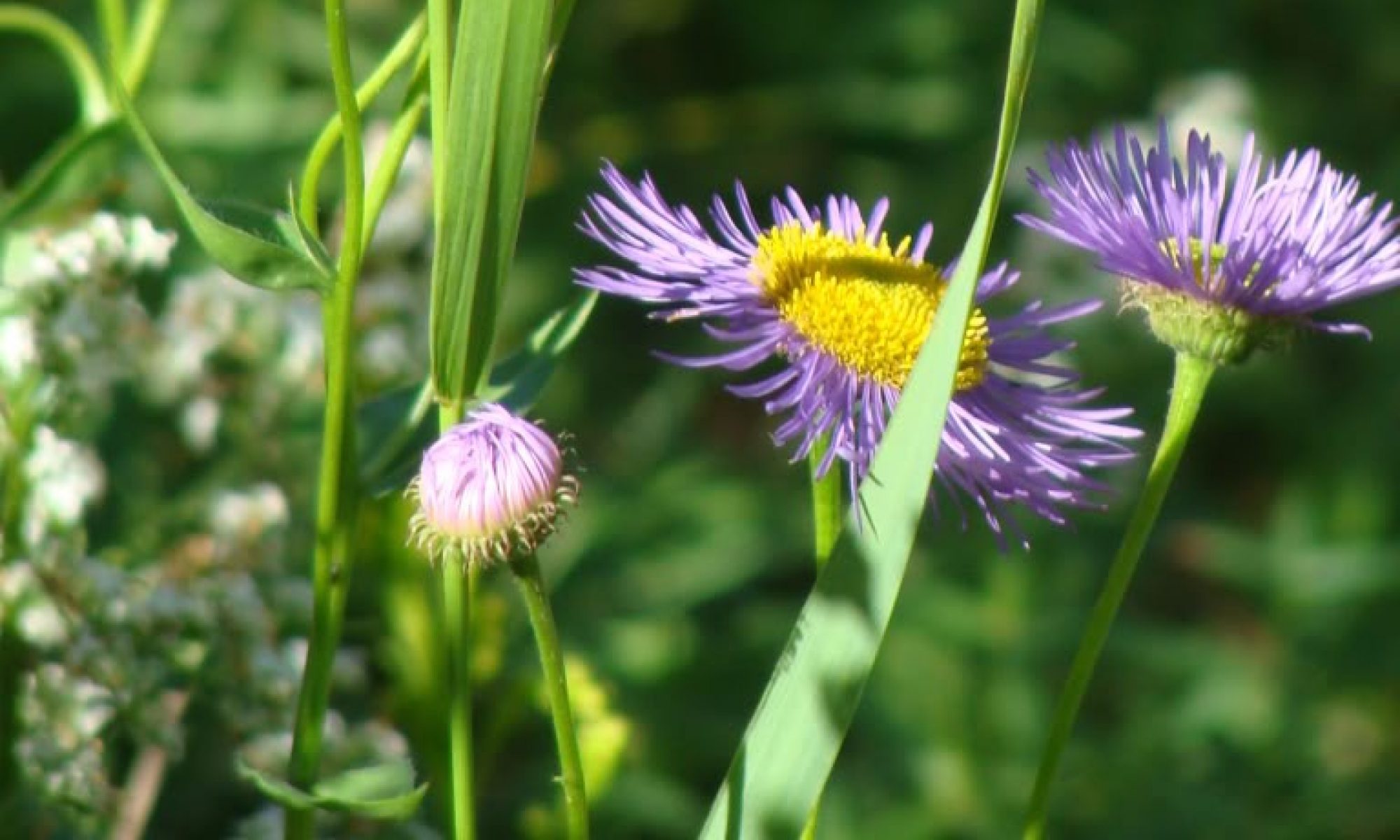I decided to use my stimulus payment to buy the native plants and the mulch/bark that I need for my Homegrown National Park project. I placed an order with Seattle Native Plants and I had an excellent experience. Mark Tomkiewicz communicated quickly and clearly with me, delivered the plants in excellent shape, and included a bunch of free plants as a generous gift! I ended up with an extra Trillium ovatum, extra evergreen huckleberry (Vaccinium ovatum), extra salal (Gaultheria shallow), and an extra thimbleberry (Rubus parviflorus). Mark also up-sized several of the plants at no cost. This was in addition to the one Trillium, three salads, one thimbleberry and three huckleberries that I purchased.
The other plants that I purchased included one each of different native rose species (R. gymnocarpa, nutkana, and pisocarpa), three red currants (Ribes sanguineum), a Western azalea (Rhododendron occidentale), serviceberry (Amelanchier alnifolia), an Indian plum (Oemleria cerasiformis), one each of the three native Mahonias (aquifolium, nervosa, repens), three Douglas asters (Aster subspicatus), three fringecups (Telima grandiflora), one piggyback plant (Tolmiea menziesii), three bleeding hearts (Dicentra formosa), one wild ginger (Asarum caudatum), one large maidenhair fern (Adiantum pedatum), one western hemlock (Tsuga heterophylla), a beaked hazel (Corylus cornuta), a vine maple (Acer circinatum), one Kinnick Kinnick (Arctostaphylos uva-ursi), and one honeysuckle (Lonicera ciliosa).
Here is what they all looked like after delivery.

It has been torture working from home this week while these plants were waiting to be planted. I was so tempted to put my video camera off on one of those long GotoMeetings and run out and start planting!
After work today, I did go out and place the plants loosely based on my earlier plans and adding in the extra plants, as well.



This last photo gies a sense of how tiny the new plants are compared to the established Douglas fir, the cornerstone of this garden. That tree is about seventy years old and about seventy feet tall. The bushy shrub you see to the left of the fir trunk is a Madrona volunteer that I’ve been pruning every year to keep it small.
Another volunteer plant that I’ve been coddling along and not removing was a shrub with colored twigs that popped up about five years ago. I thought it was a Virburnum at first, but as I’ve learned more about native plants I wondered it it wasn’t maybe a red-twig dogwood (Cornus sericea). Today I reached out to the great FaceBook group Pacific Northwest Native Plants and posted a few photos and they confirmed–this is the native dogwood!
Placing native plants is a challenge. I want to leave enough space for them to fill in later, but I also don’t want to leave consistent spaces between the plants, since that isn’t how nature does things. My accounting brain is looking for symmetry and balance and that just isn’t going to work here. So, I will revisit the layout tomorrow and see if I can randomize it a bit and make it look more realistic.
I’ll update more tomorrow after I get these in the ground! I can’t wait!











































